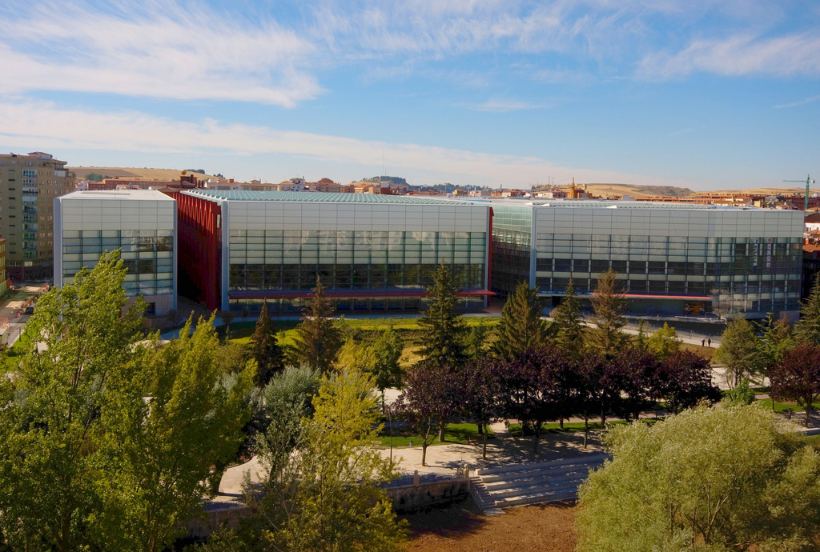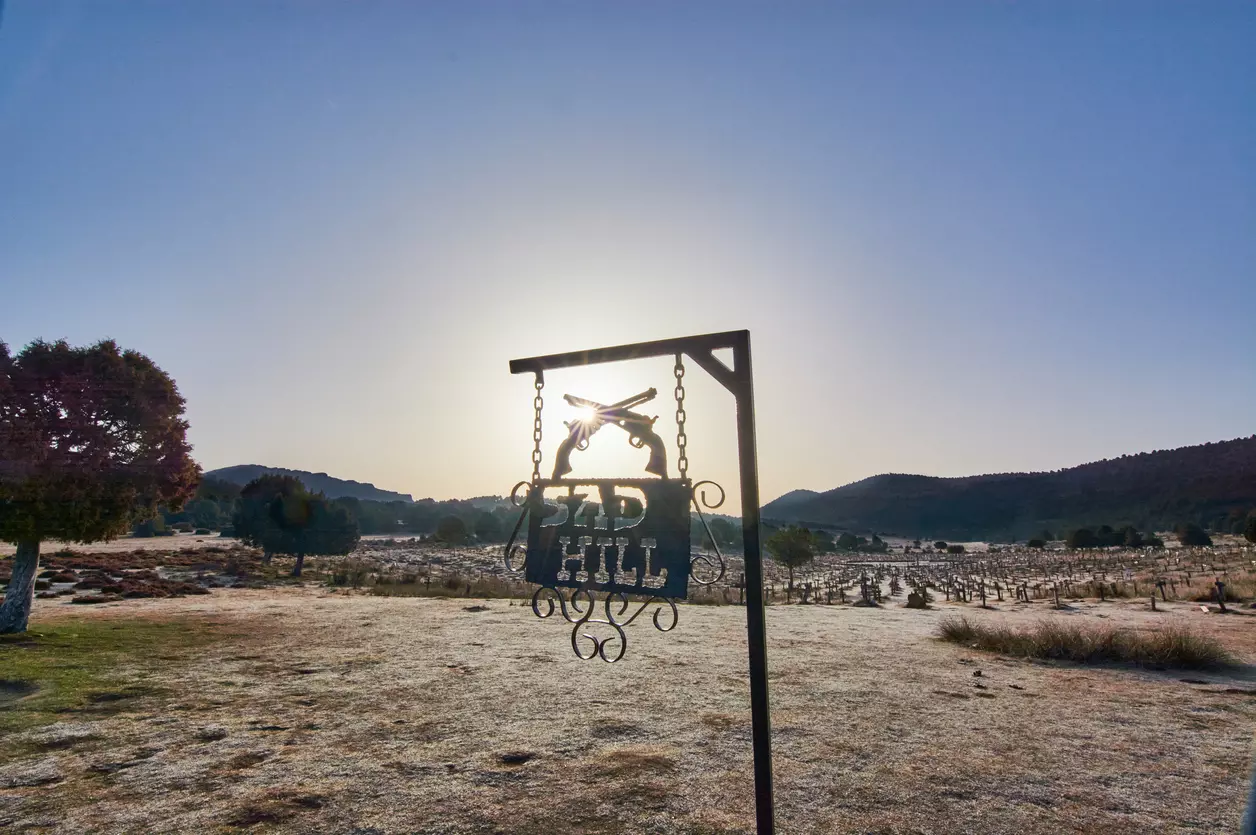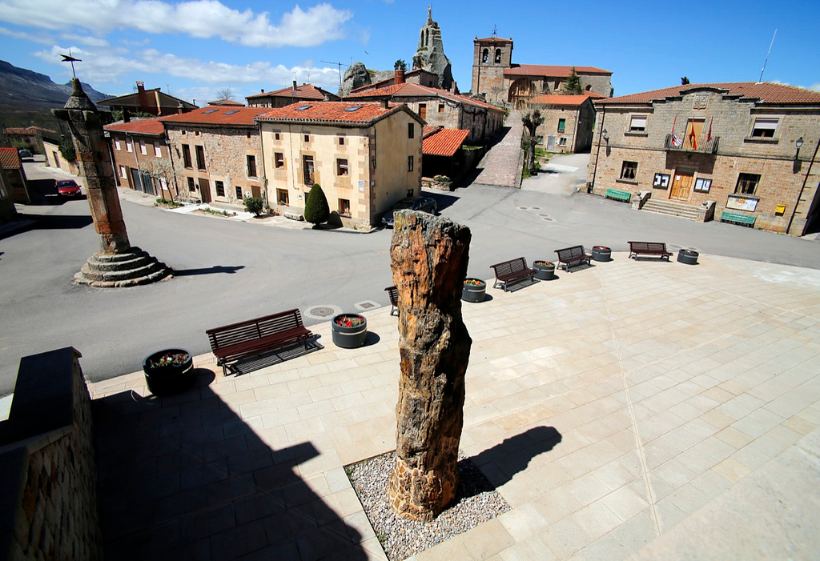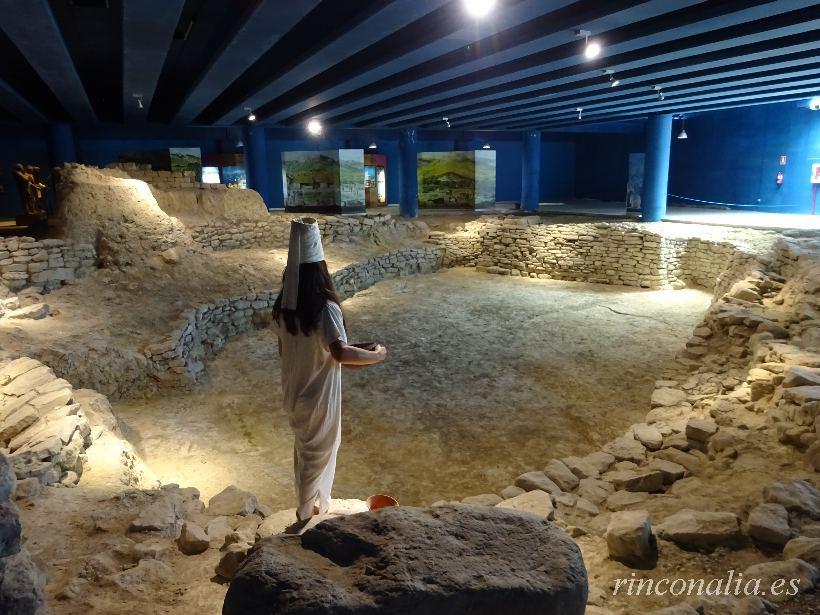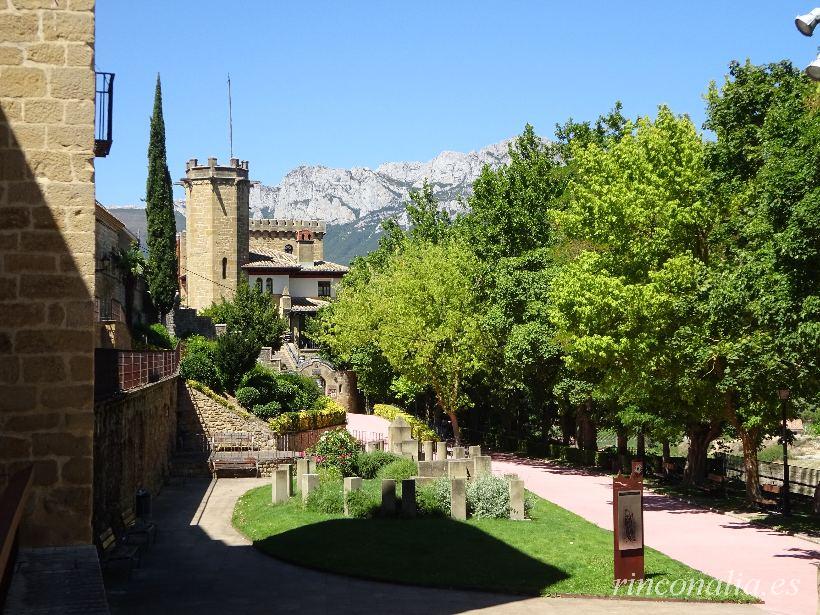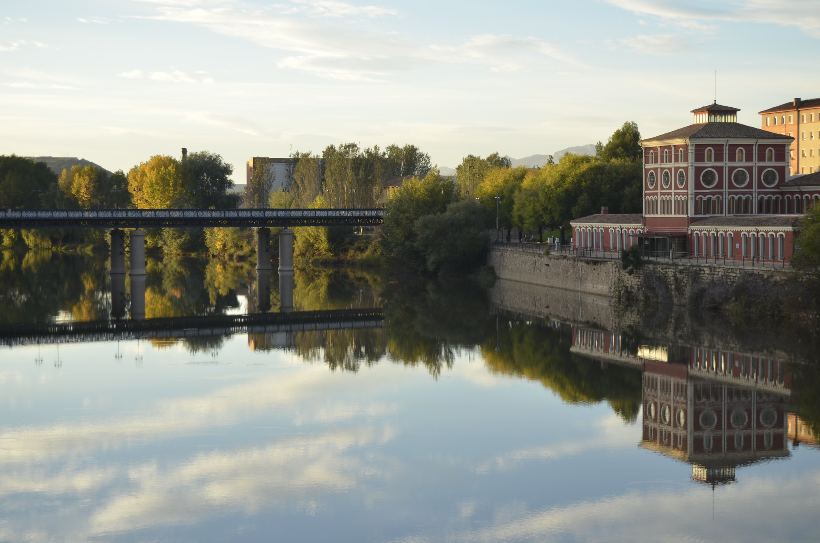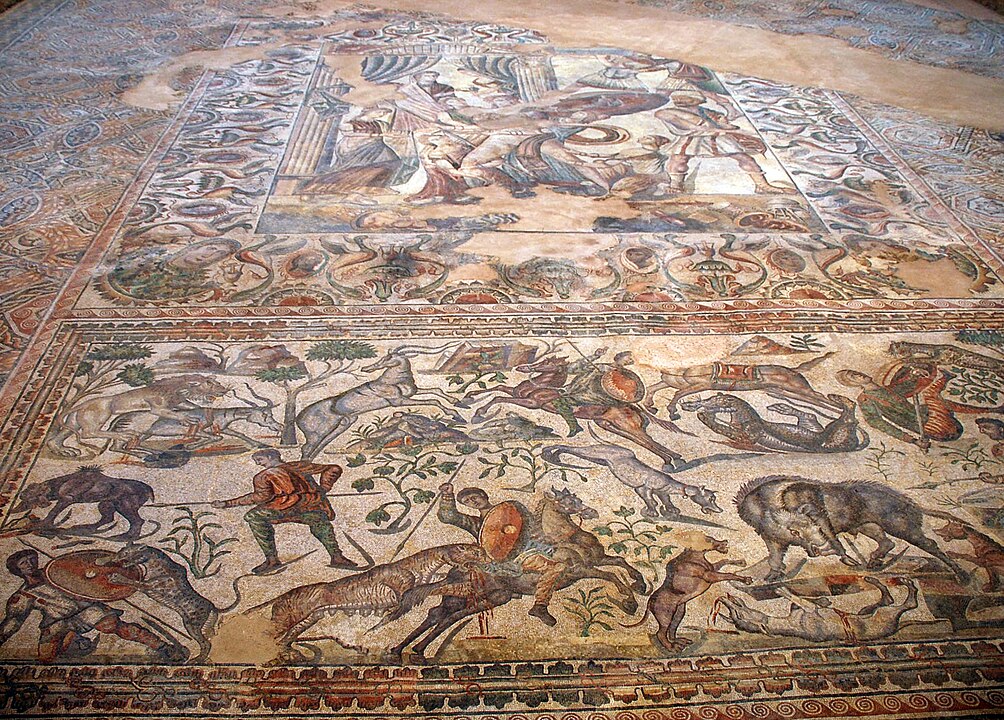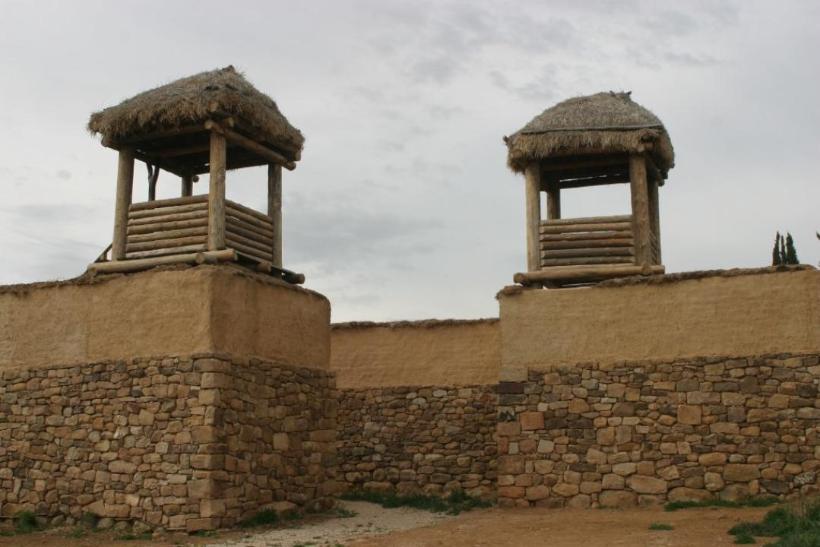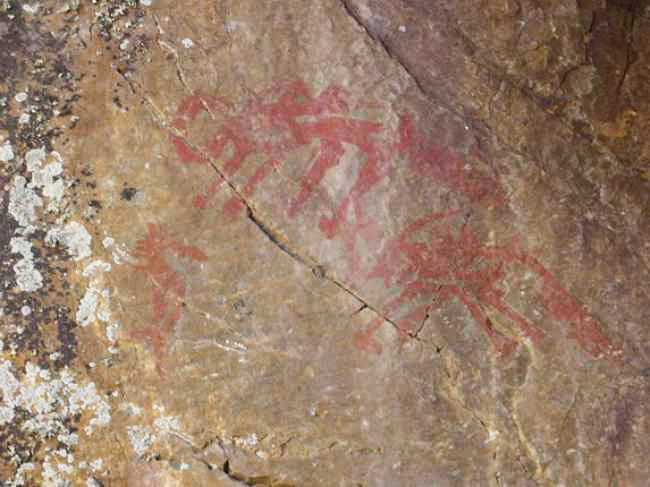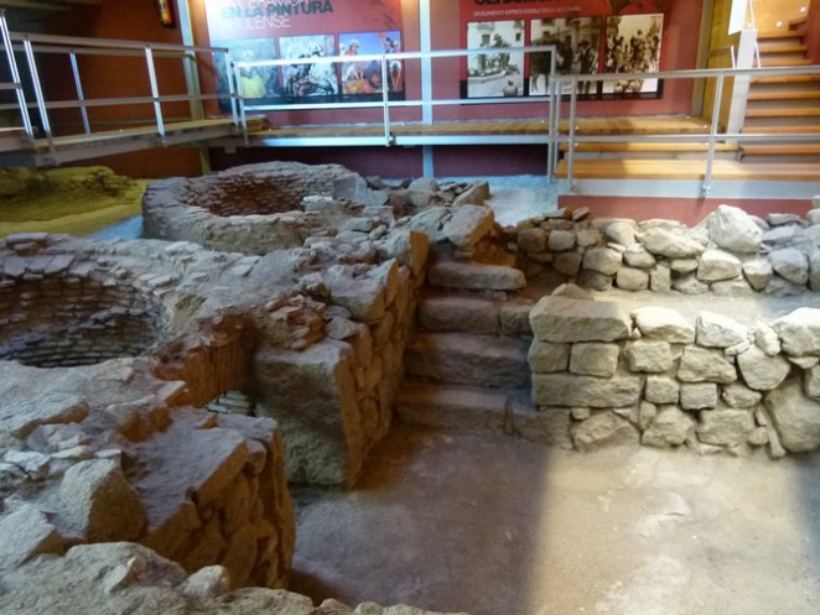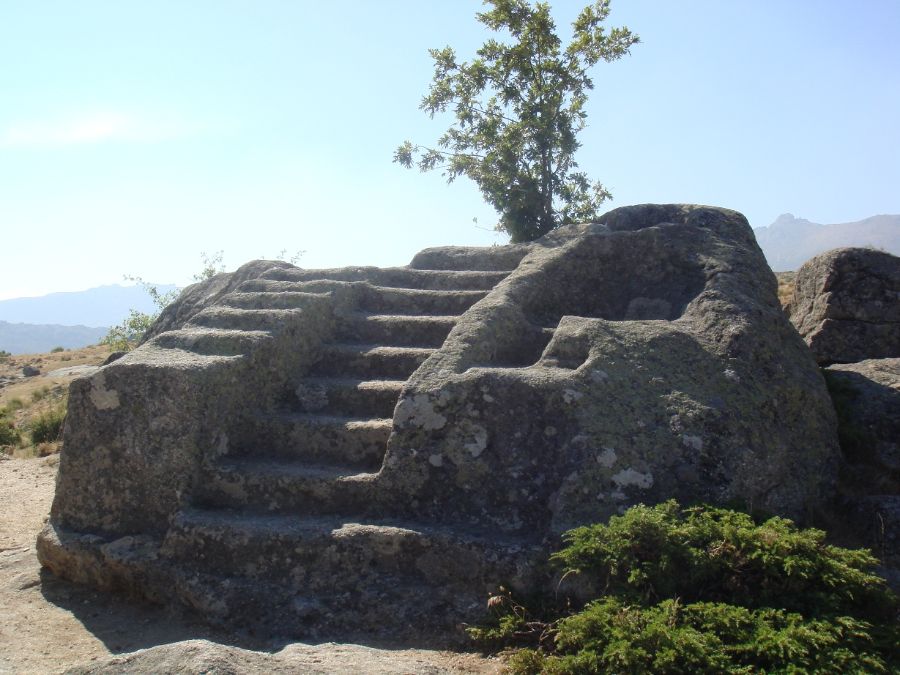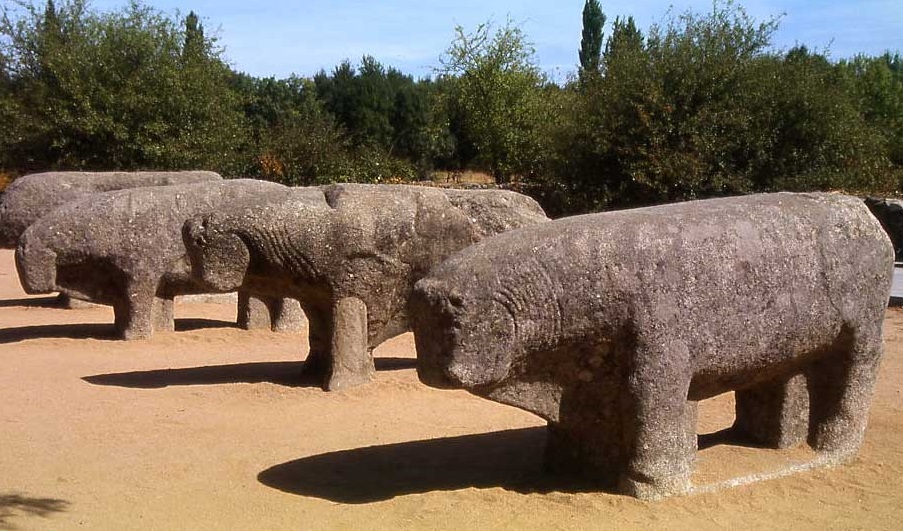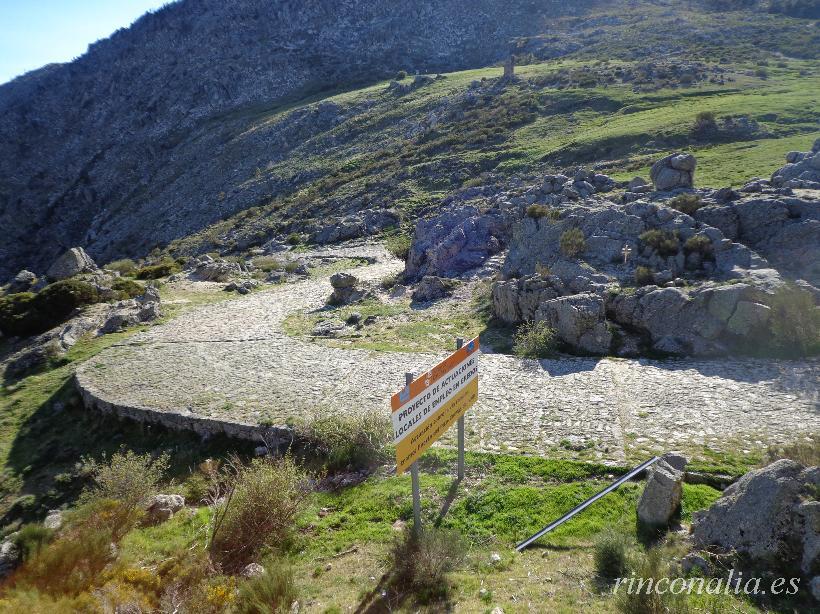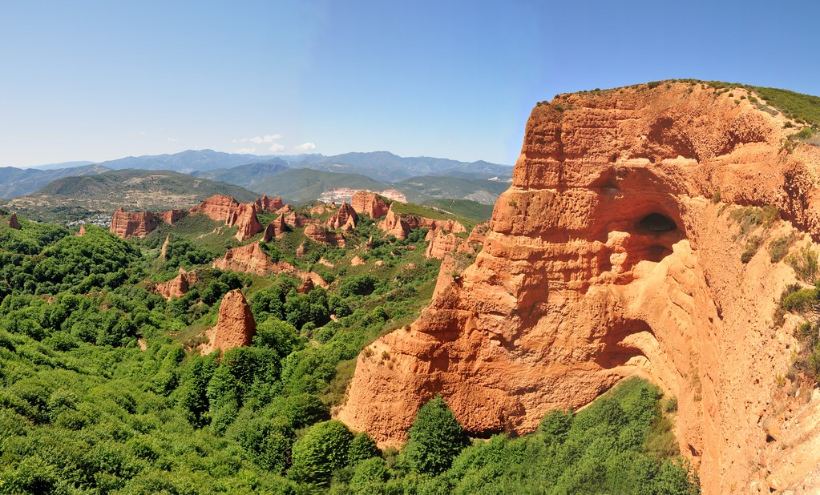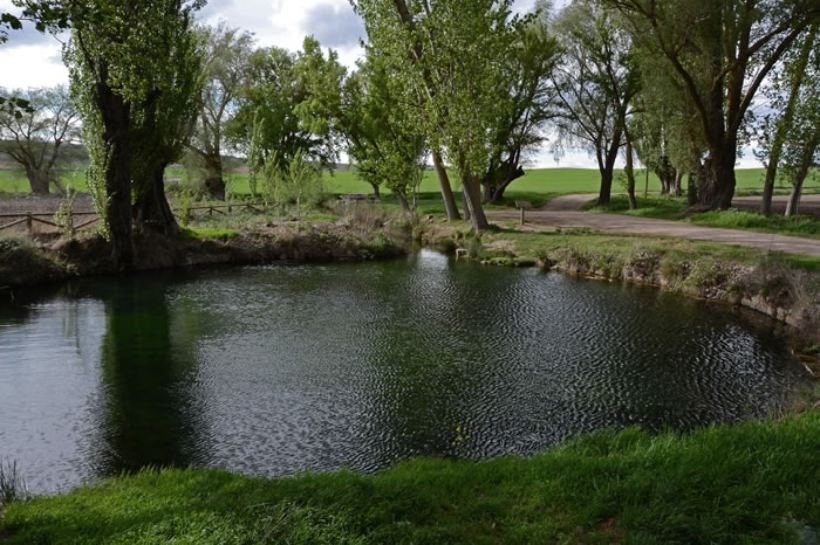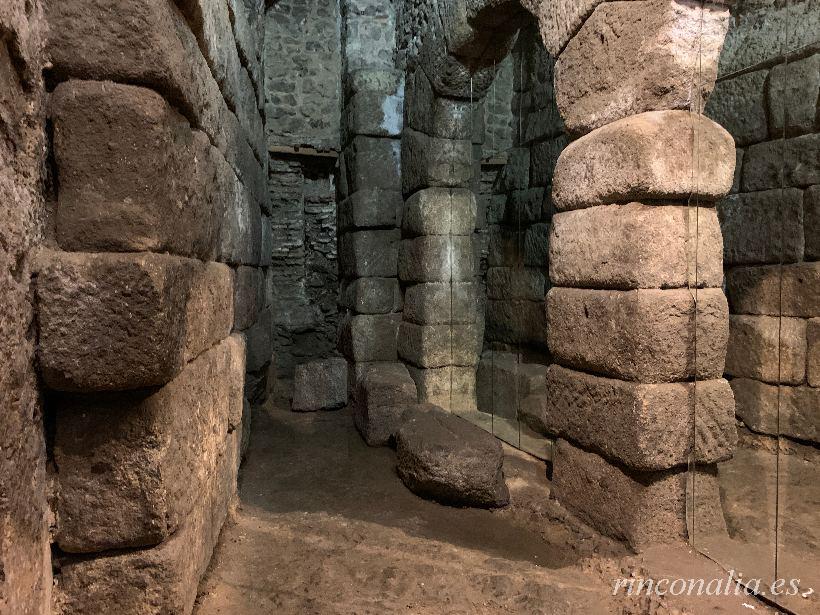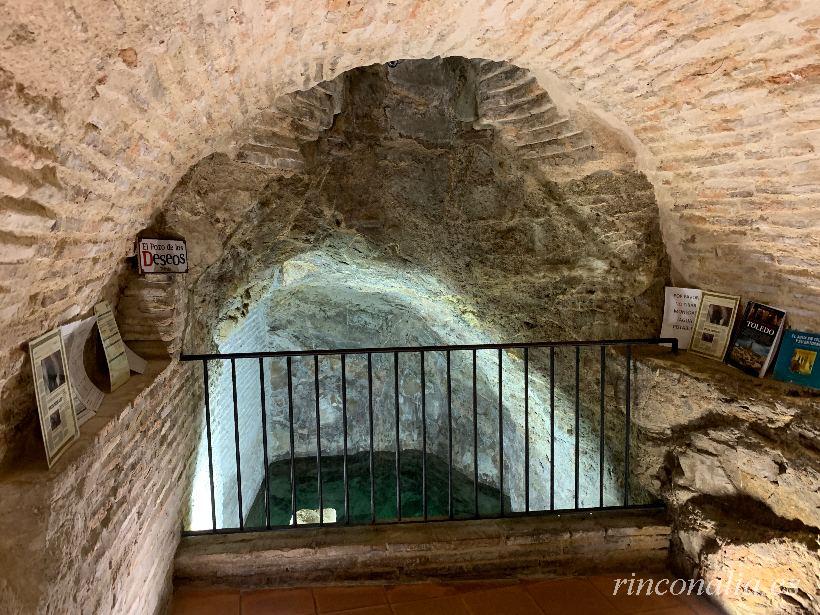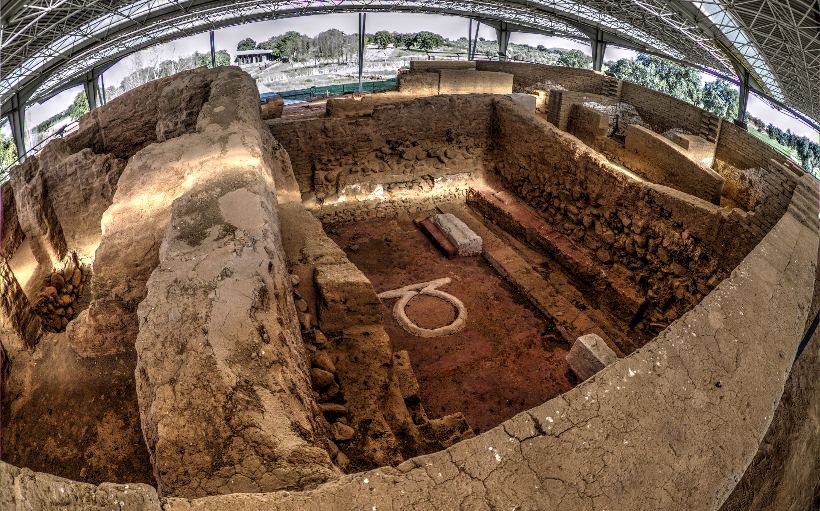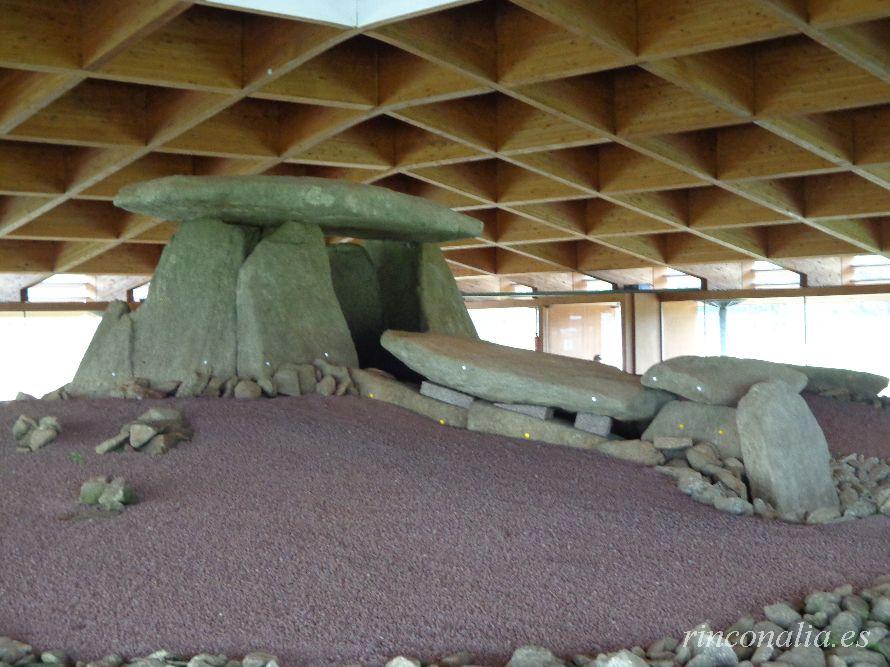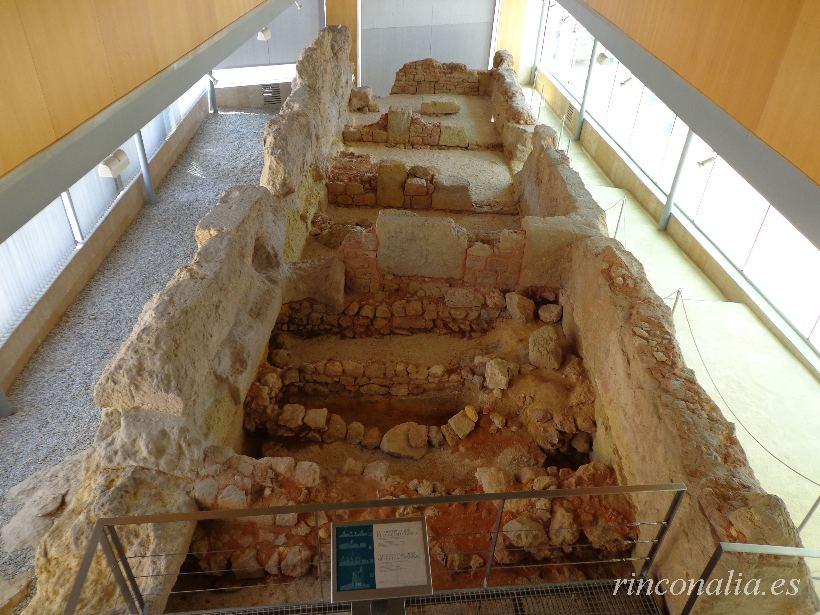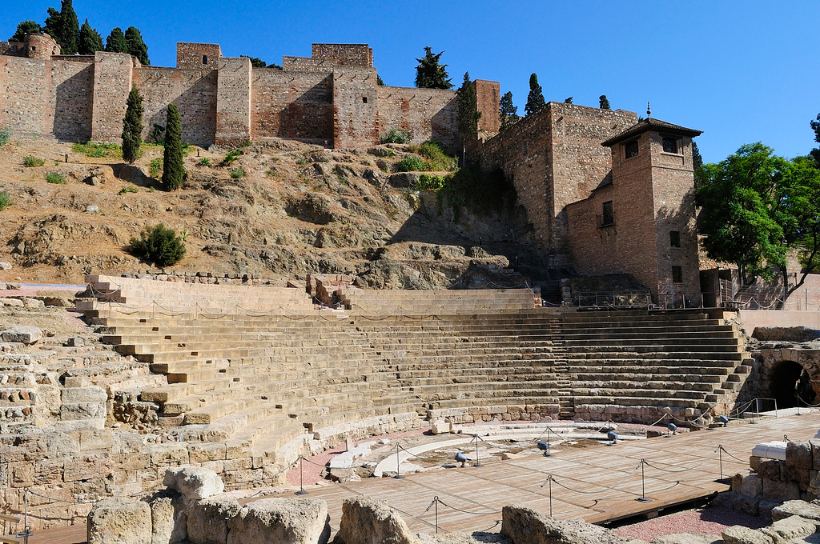Atapuerca archaeological site, Homo antecessor, the first European human
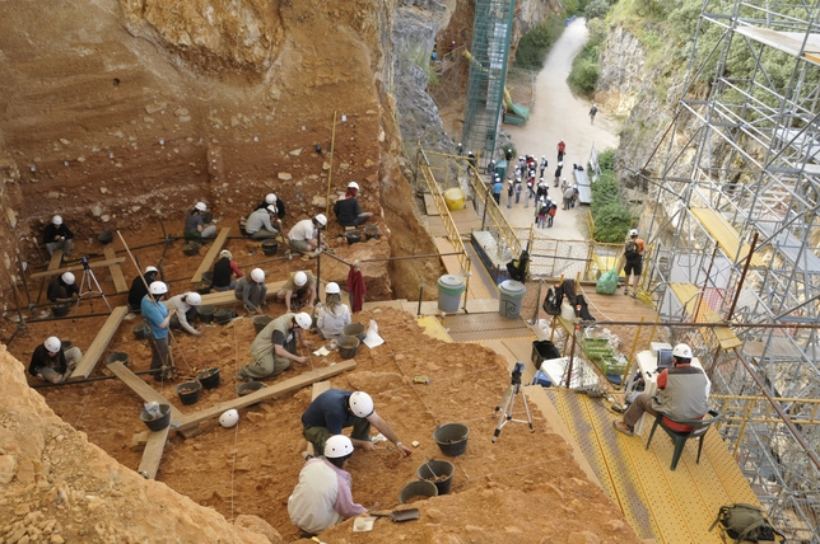
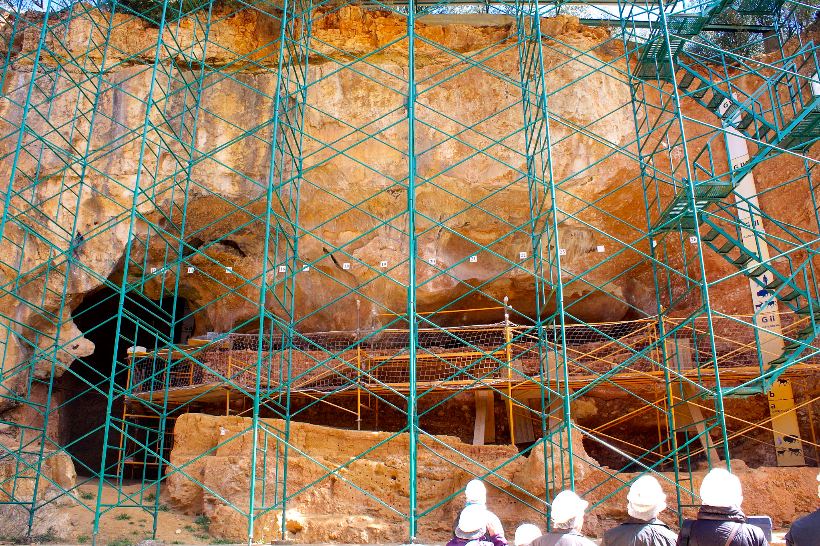
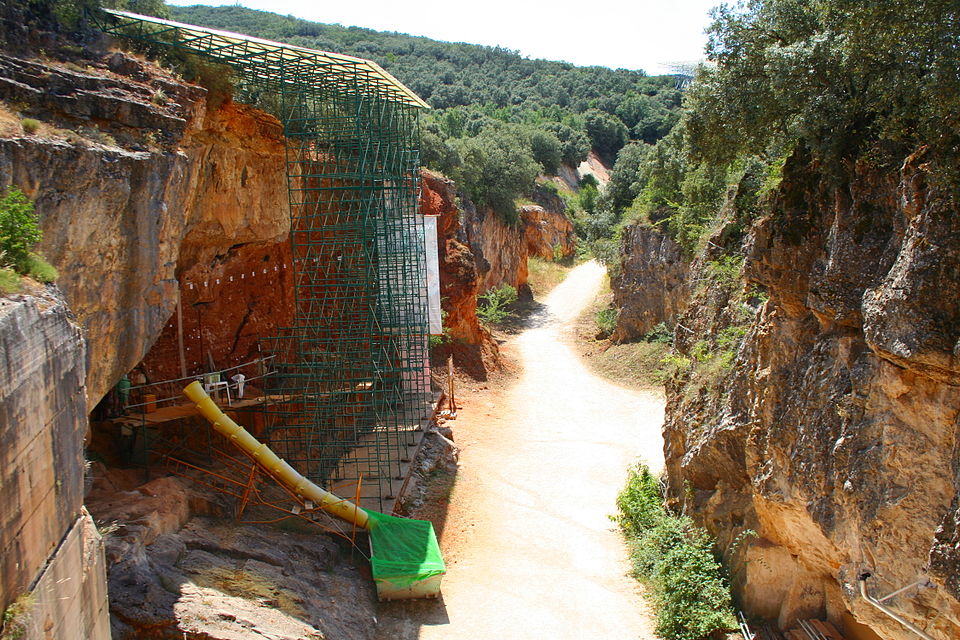

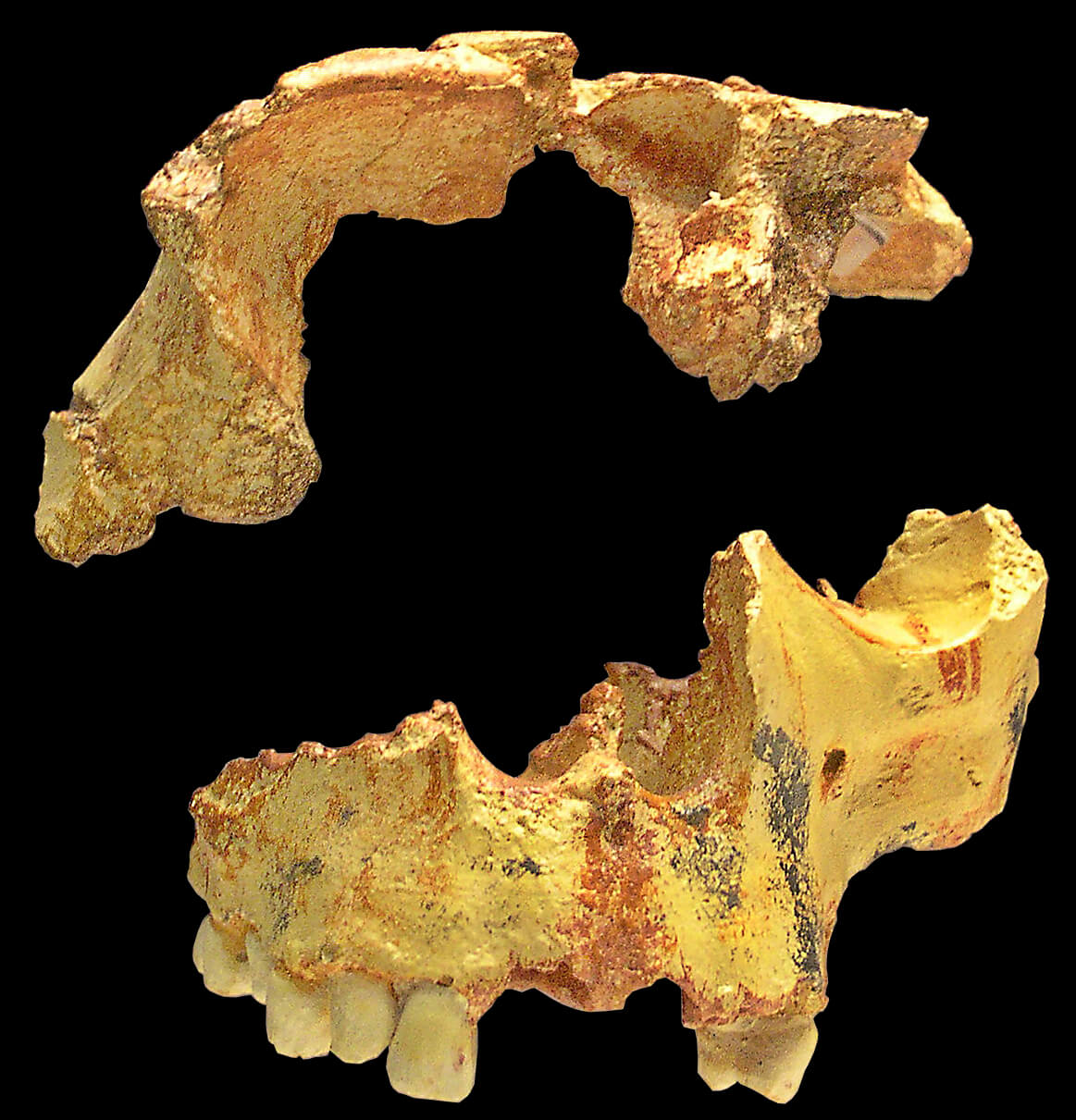
Actualizado el
The Atapuerca archaeological site is a world treasure where traces of hominids who inhabited Europe nearly one million years ago have emerged. The visit follows the famous Railway Trench, opening onto the main digs: the “Sima del Elefante,” the “Galería Complex,” and the “Gran Dolina” (the “Sima de los Huesos” remains closed to the public).
Sima del Elefante
Considered the oldest gateway to European Prehistory, the “Sima del Elefante” features:
- Lithic industry: flint tools and shaped river pebbles crafted by early populations.
- Faunal remains: bison and rhinoceros bones revealing ancient prey.
Galería Complex
A maze of caves and tunnels that, around 400,000 years ago, served as a natural trap for hyenas, wolves, and bears, documenting predator and hunter behavior.
Gran Dolina
Domesticated as a dwelling, “Gran Dolina” housed Homo antecessor, possibly Europe’s first humans (~800,000 years ago). Evidence points to ritual cannibalism—an eerie testament to human survival.
Museum of Human Evolution
Just outside Burgos, the modern Museum of Human Evolution displays replicas, original fossils, and models. Its immersive audiovisuals and interactive exhibits complete the Atapuerca experience.
UNESCO World Heritage
In 2000, UNESCO declared Atapuerca a World Heritage Site, recognizing its universal value in unraveling the story of our species.
Walk its ancient paths of stone, marvel at the faces of those who came before us, and let the mountain breeze whisper the secrets Atapuerca has kept buried for millennia.
How to get there
El yacimiento arqueológico se encuentra en el municipio de Atapuerca, a unos 20 Km de la ciudad de Burgos. En el mapa se indican las coordenadas de la Sierra de Atapuerca, pero para acceder a los yacimientos es obligatorio utilizar los autobuses que parten desde tres lugares: - Centro de Acceso a los Yacimientos. - Centro de Arqueología Experimental. - Museo de la Evolución Humana. Antes de acudir a dichos Centros, es necesario haber hecho previamente la reserva para saber desde qué centro comienza su visita. Más información en la Web de la Fundación Atapuerca.
Decimal: 42.350000°, -3.519444°
DMS: 42°21'00" N, 3°31'10" O
